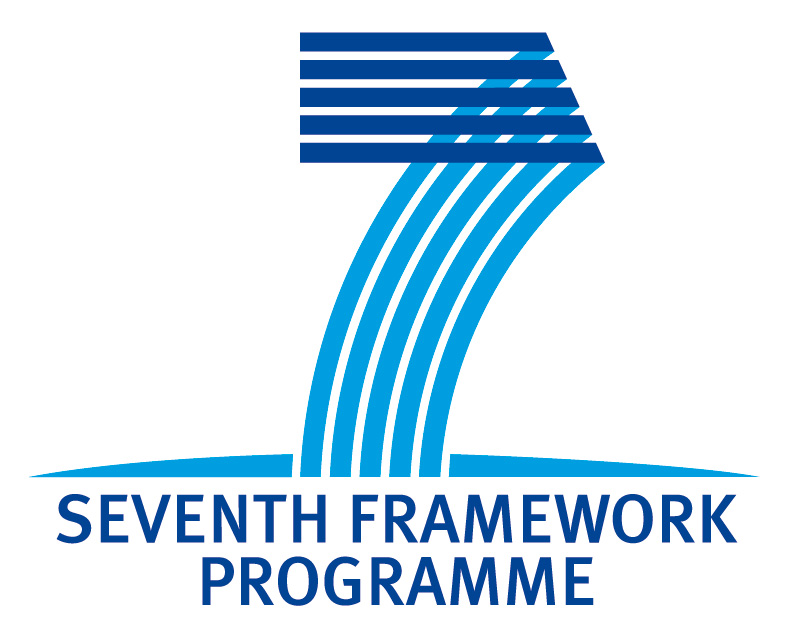Projectdescription
Development of the questionnaires
A research tool to assess human response in different cultures as well as their application across cultures is a challenge for researchers. Cross-cultural research on human behaviour in crises situation denotes an additional collaborative and comparative effort by using the same study approaches and measurement instruments across cultures. The BeSeCu group has taken the first international effort in this regard.
The two standardized instruments BeSeCu- FR (for fire fighters) and BeSeCu-S (for survivors) were developed in cooperation of 8 European countries. The instruments were developed stepwise: 1) Cross cultural interviews; 2) Pre-test version, and 3) Field study version.
Development of the questionnaire for Fire Fighters (BeSeCu-FR)
The BeSeCu-FR was developed a) to get an overview about the work of fire fighters in general; b) to assess the perception of fire fighters on human behavioural responses in security relevant emergency situations across cultures; c) to assess attitudes and reactions of emergency personnel concerning the behaviour of and communication with survivors and d) to do a first step to construct a non-verbal language for emergency situation.
By implementation of cross- cultural interviews with emergency personnel/ key representatives (sample size = 54) a first step was taken in exploring the perception of observers on human behavioural responses in emergency situations across cultures as well as attitudes and reactions of first responders/key representatives on communication with survivors. Background information was obtained about the different target crises situations: domestic fire, fire in a public building, flood, terrorist attack, and earthquake. The interviews were taped and afterwards transcribed. On the basis of the transcripts a glossary was generated. Additionally socio demographic and core incident related information was drawn via questionnaire.
The structure of the questionnaire and the corresponding item generation was based on the results of the cross- cultural interviews and further conceptual analysis. The pre-test version was constructed for emergency personnel in general. Aim of the pre-test (Sample size = 257) was to pilot test the instrument developed in order to analyse the item-pool in terms of the psychometric performance of items, national and cross-cultural differences and to make recommendation about content of the field study version. A comprehensive missing and descriptive analysis was conducted. An additional importance rating with fire fighters was realized. Qualitative criteria, such as the quality of statements, redundancy, and relevance were also considered for the construction of the field study version. Thus items for the field study were selected according to empirical and conceptual analyses. Thus different ways were traced to achieve an appropriate measurement instrument across cultures. The structure of the field study questionnaire for fire fighters is the following:
1) Socio demographic information
2) Working characteristics
3) Knowledge and experience in emergency situations
4) Risk perception
5) Victims behaviour in emergency situations
6) Communication with people on site and between first responders
7) Specific information about fires in multiple storied residential buildings
8) Dealing with emotions and stress
9) Personal experience of threat and distress in working life
10) Specific incident related questions
11) Satisfactory with life domains
Development of the questionnaire for survivors (BeSeCu-S)
The BeSeCu-S instrument was designed on the basis of cross-cultural focus groups and interviews, which were conducted to make a first qualitative step in analyzing human behaviour in critical situations.
Principles of the Cognitive Interview Technique were examined to enhance the capacity for remembering the critical situations. In a Cognitive Interview the interviewee is asked to reminisce about the experienced situation. Typically the interviewer reconstructs the context of the event and then goes through the event in different orders, beginning with the chronological order. For the planned field study, the technique of chronological order was adopted and a questionnaire was designed to go through the whole event from beginning to the end in four stages:
1. beginning
2. (pre)realization
3. evacuation
4. aftermath
At each stage, the participant is asked to give information about the characteristics of the critical situation. The participant is then asked to rate typical stress-related behaviour, emotions and cognitions extracted from the focus groups.
A pre-test was conducted (n=328) to test the feasibility and practicability of the developed instrument. Therefore five scenarios were designed to simulate the situations domestic fire, fire in a public building, terrorist attack, earthquake, and flood. The pre-test was carried out in 8 countries and In addition, two persons in each country who have suffered one of the relevant emergency situations took part in a cognitive debriefing task to examine the feasibility in an affected population. The information extracted from these methods was used to design the field study instrument for survivors. The aim of this instrument was to assess behaviour, emotions and cognitions of people who have experienced one of the following emergency situations: domestic fire, fire in a public building, terrorist attack, earthquake, and flood.
The structure of the field study version is the following:
1. The structure of a cognitive interview was maintained. There are four stages:
beginning, (pre)realization, evacuation and aftermath.
2. Before the cognitive interview, socio-demographic information, emergency knowledge and experience as well as setting information are assessed.
3. Emotions are assessed on a baseline before the incident and repeatedly at three following stages.
4. Risk perception and locus of control are assessed at three stages, emotion regulation only once.
5. Items about communication and information were added.
6. At the end the Impact of event scale revised and the Posttraumatic growth inventory are added






